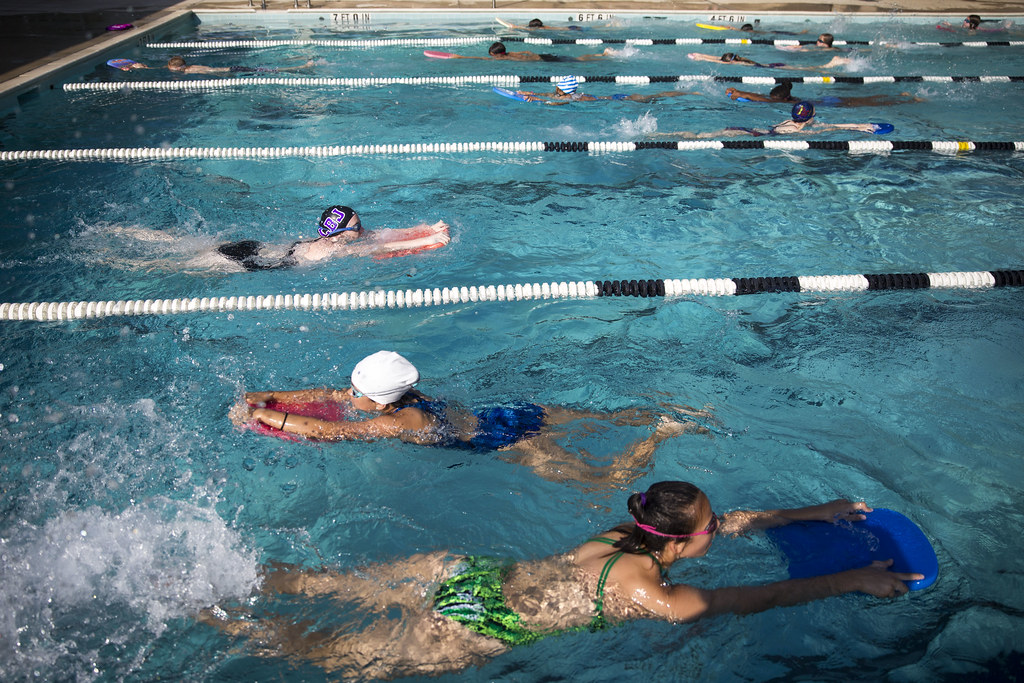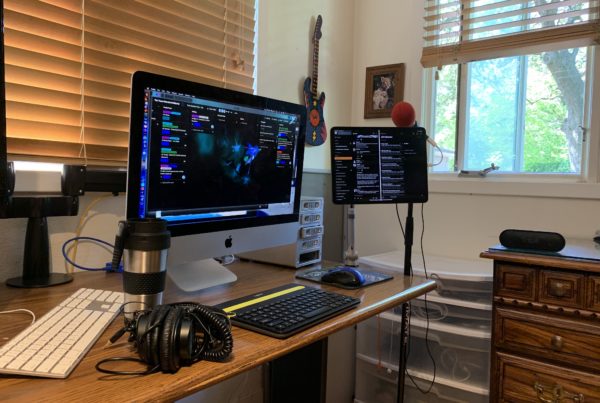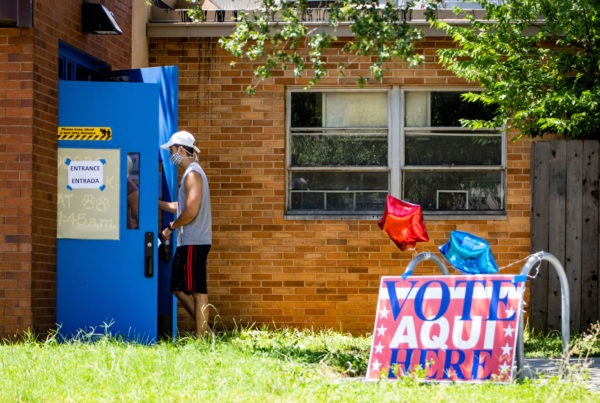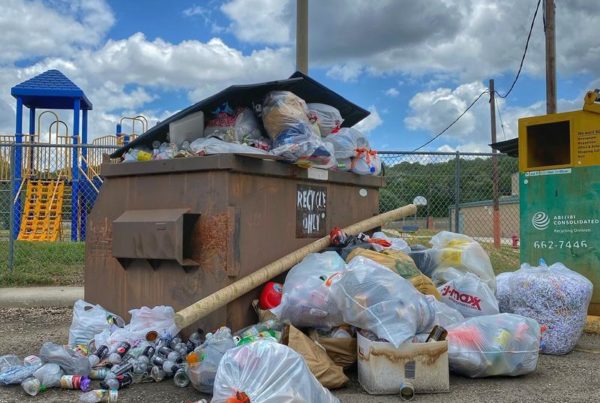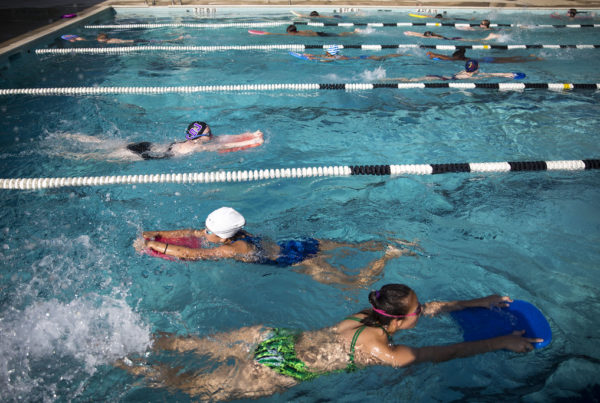Drowning can happen at any time, even during a pandemic.
But with more swimming pools closed to the public this year, there’s still a lot of interest from parents wanting to keep their younger children safe around water, by enrolling them in swimming lessons. The problem is, those lessons are hard to come by in a pandemic.
Just ask Tory Van Blarcum of Kilgore. She’s been on the hunt for lessons for her 2-year-old daughter Presley.
“I want my child safe in the water, just as much as we want the older kids safe in the water,” said Van Blarcum, who lives with her family in Kilgore, a two-hour drive east of Dallas.
In East Texas, a region with an abundance of creeks, rivers and lakes but few municipal pools, swimming lessons are tougher to come by in a normal summer season. But parents like Van Blarcum are well aware of the importance of learning to swim.
That’s because drowning is one of the leading causes of child mortality in Texas. Last year, the state saw a total of 87 child drownings, and there have already been at least 46 reported so far to the Texas Department of State Health Services. Three of those have been in the 12-county area known as Deep East Texas.
So, Van Blarcum knows it is important to start lessons at a young age.
She’s been looking for lessons. There is a city pool in Kilgore and a Boys and Girls Club in the area, but Van Blarcum is struggling to find private lessons for her toddler.
“The ones you do find, they are almost outrageously priced, so they’re hard to come by,” she said.
Individual lessons are still available during the pandemic, but they are not necessarily affordable. The price can range from $100 to $200 per week.
Van Blarcum is not alone. A lot of parents are in this situation, especially when looking for lessons for younger kids. Now, because of the coronavirus outbreak, community pools are adopting social-distancing practices for swim lessons this season.
At the Boys and Girls Clubs of Deep East Texas, all individual lessons are cancelled in favor of a larger group format, where instructors maintain a six-feet distance from students.
But contact-free lessons are not suited for toddlers and younger swimmers who can not reach the bottom of the pool.
“You just can’t leave them unattended; you have to physically be helping them, either balancing their weight when they’re in the water or helping them move their arms and their legs,” said Steve Davidson, CEO of the Boys & Girls Clubs of Deep East Texas.
And Texas’ Department of Family and Protective Services (DFPS) acknowledges that accessibility to swim lessons and water safety is dependent on economic background.
“Not all communities have free swim lessons. So if you can’t afford to bring your child to a paid swimming program then, unfortunately, they’re probably not going to learn how to swim,” said Shari Shari Pulliam, an agency spokeswoman.
In less-populated regions, like East Texas, children have access to bodies of water like lakes, ponds and apartment complex pools, which, for the most part, do not have lifeguards. Additionally, attentive supervision is not possible for working parents.
“Supervision is the key. If you can’t see your child, you can’t save your child from drowning,” Pulliam said.
As the summer progresses, DFPS officials expect to see an increase in drownings during the pandemic. But so far, numbers have stayed in line with the past few years.
One small upside to the pandemic? Pulliam says since more parents are staying home, they are able to better supervise and prevent drownings.


